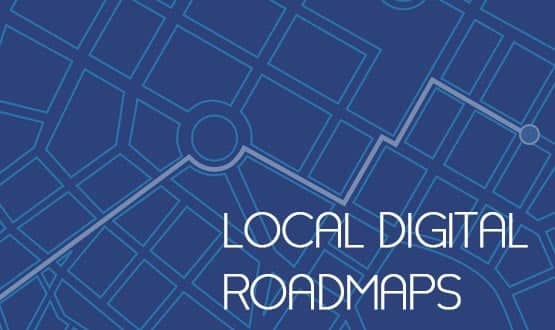Digital roadmaps hunt for scalable tech
- 23 June 2016

Digital roadmaps will be used to scout out promising technologies and upscale them for the rest country, NHS England’s head of digital strategy has said.
During a Westminster Health Forum event in London on Wednesday, Dr Paul Rice said that while the health IT pendulum had swung decisively towards local projects and away from central control in recent years, it was starting to swing back the other way.
The 83 local digital roadmaps and 44 sustainability and transformation plans, which must be submitted by the end of this month, were part of that shift, he said.
“Where’s the pendulum here, between letting a thousand flowers bloom and direction and leadership from the centre? I think its swinging back to a healthy balance between the two.”
One of the biggest opportunities of the digital roadmaps was compiling an inventory of what digital solutions were working, deciding whether it was scalable, and sharing these solutions with other trusts that were less advanced, he said.
“What we understand from these local digital roadmaps is actually who is trying to do very many of the same things.
"Consequently, might we possibly introduce them to one another, on the basis that if they are half a step ahead or half a step behind, so they might learn from one another and take that journey together?
“That’s part of the ambition of turning the insight of these roadmaps into some real knowledge management strategy.”
Rice, along with several other speakers, was also sceptical about the impact of apps and wearables. He said that simply “throwing apps over the wall” and expecting them to work was symptomatic of poor decision making.
Integrating wearable data into the NHS’s existing patient data streams was also not an ambition for the immediate future, he said.
“Do we want all of that information fed into systems that currently are immature and not fit for the job that we actually give them today? Probably not in the short term. “
Rice was one several speakers at the forum that emphasised that many of technological solutions needed to meet the Five Year Forward View goals, including a “paperless” NHS by 2020, were already in place. The problem was the solutions were fragmented, scattered throughout the country, and needed to be scaled.
Both the digital roadmaps and STPs are seen as key to these ambitions.
The roadmaps are meant to be a plan, developed by the NHS and care organisations within a local “footprint”, for how they will become paper-free by 2020.
Having an approved roadmap will be obligatory for any organisations hoping to get extra NHS England funding to pay for “technology enabled transformation”.
The roadmaps sit under the broader STPs, also due by the end of the June, which are meant to set out a local plan for how health and care services will become “sustainable” within the next five years, as part of the Five Year Forward View.
These plans will form a basis upon which trusts can gain access to the £1.4 billion in unallocated funding that had been earmarked for investment in a paperless NHS.
But while there was admiration for the goals of STPs and roadmaps, there was also a healthy dose of scepticism about how achievable they will prove.
A NHS Providers survey of 25 directors of informatics from NHS trusts and foundation trusts in April, found six out of ten did not believe they had an “achievable plan and timeline” for delivering their local roadmaps.
In his column this week, Dr John Lockley called the digital roadmaps a “flying pig document”, essentially a tick box exercise that would not lead to meaningful change.
But with the roadmaps and STPs likely to sit with NHS England until at least autumn, judgement on their substance or otherwise will have to wait.




